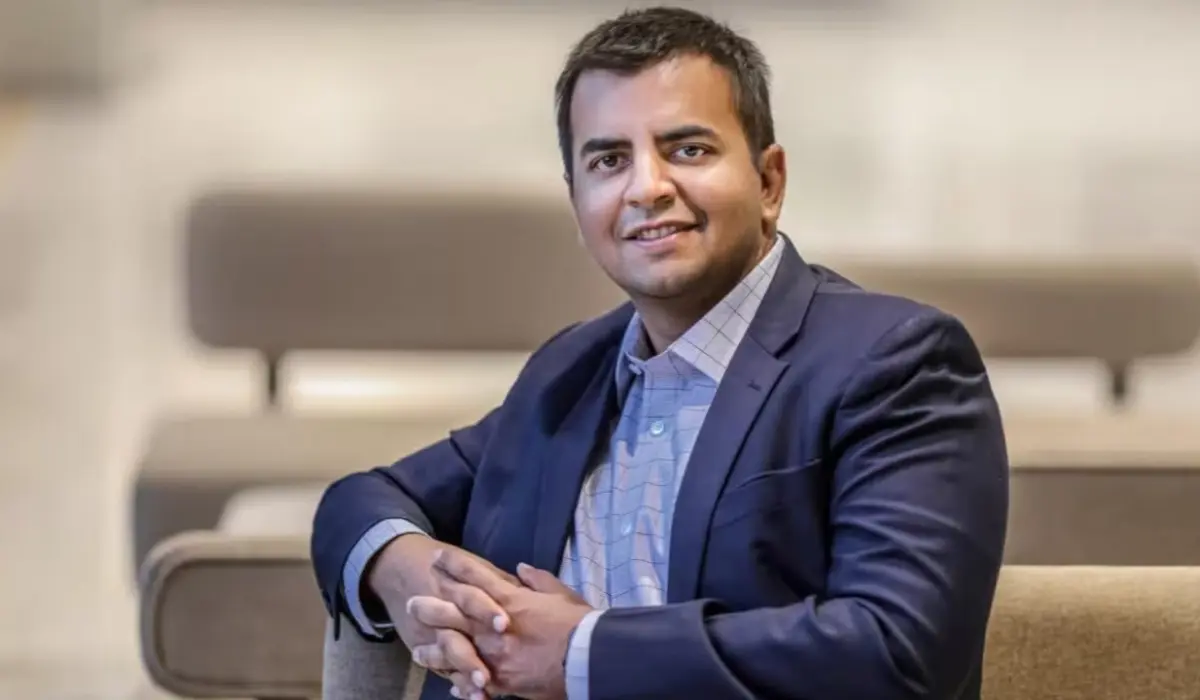STARTUP-STORIES
Ola Explores Quick Commerce Again with Plans to Establish Own Dark Stores

SUMMARY
Expansion into Quick Commerce and Automation: Ola, under founder Bhavish Aggarwal, is making a second attempt to enter the quick commerce sector by setting up automated dark stores and introducing its own UPI service. These initiatives, which include potential use of Ola electric two-wheelers for deliveries, aim to leverage technology for efficient warehouse management and rapid deliveries.
Strategic Moves Amid Competitive Landscape: As Ola Electric prepares for its listing, the company is diversifying beyond ride-hailing, which has plateaued. Competing with established players like Blinkit and Zepto, Ola's new ventures align with its strategy to capitalize on the growing demand for fast delivery services, while also planning for a potential IPO and enhancing its market position.
As Ola Electric gears up for its highly anticipated listing later this week, founder Bhavish Aggarwal is not just resting on his laurels. Aggarwal is actively invigorating Ola's core ride-hailing business and is now setting his sights on the burgeoning quick commerce sector. This marks Ola's second foray into this competitive market.
Ola's Strategic Move into Quick Commerce
According to sources, ANI Technologies, the parent company of Ola Cabs, plans to establish its own network of dark stores in response to the surging demand for rapid deliveries. These dark stores, essentially small neighborhood warehouses, will be pivotal in stocking products for quick dispatch.
In a bid to reduce human involvement and increase efficiency, Ola intends to deploy robots within these dark stores. Additionally, Ola is preparing to introduce its own Unified Payments Interface (UPI) service for consumers. These innovative initiatives are expected to be unveiled by Aggarwal at Ola's annual Independence Day event on August 15. However, there might be changes in these plans before their official launch.
Embracing Automation and Efficiency
A person familiar with the matter explained, "It's a dark store as a service where the whole setup will be delivered with significant automation but there will be some people involved." This suggests a hybrid model where human oversight will complement robotic operations. The integration of Ola electric two-wheelers for deliveries is also on the cards, potentially enhancing the efficiency of the entire operation.
These initiatives come at a time when the ride-hailing business has reached a plateau, and Ola is exploring new avenues for growth. The quick commerce market, although highly competitive, presents a lucrative opportunity for Ola to diversify its offerings and leverage its existing infrastructure.
Competitive Landscape in Quick Commerce
Ola's entry into quick commerce places it in direct competition with established players like Blinkit, Zepto, and Swiggy Instamart. Blinkit, owned by Zomato, aims to increase its dark stores to 2,000 by the end of 2026, while Zepto plans to double its count to 700 by March 2025. Swiggy Instamart is also expanding its network across the country.
"This is another attempt from Ola to ride the quick commerce wave after it had launched Ola Dash as an end-to-end quick commerce service and shut it in 2022," said another source. The growing demand for fast delivery across various e-commerce segments underscores the need for efficient warehouse management, and technology will play a crucial role in this endeavor.
The Road Ahead: IPO and Beyond
Ola's plans for quick commerce and its upcoming IPO are interconnected. Aggarwal highlighted in an interview on July 29 that Ola Cabs, being a mature business, had initially planned to go public in 2021 but postponed due to market conditions. With the recovery of the ride-hailing business from pandemic lows, Ola is now looking to diversify and strengthen its market position.
Past Ventures and Future Prospects
Ola's previous ventures into grocery and food delivery, including the acquisition and subsequent shutdown of Foodpanda, highlight its willingness to experiment and adapt. The introduction of dark stores marks a strategic entry into the competitive quick commerce market, aiming to leverage Ola's technological capabilities and operational expertise.
As part of its broader strategy, Ola is also investing in the ONDC (Open Network for Digital Commerce) food delivery services, reflecting its focus on the new commerce business under ANI Technologies. This initiative aligns with Uber's efforts to enhance hyperlocal deliveries and payment collection from neighborhood stores in India.
The success of these plans will largely depend on effective execution. Following the recent departure of Ola's CEO and CFO, Bhavish Aggarwal has brought his brother, Ankush Aggarwal, back into ANI Technologies, along with forming a CXO team to oversee operations.
On the payments front, Ola's UPI offering will likely be introduced through a partnership with banks, given that ANI Technologies has not applied for a TPAP (third-party application provider) license yet. This UPI service could be integrated across Ola's various businesses, including food and grocery delivery, as well as logistics services.
In conclusion, as Ola Electric prepares for its market debut, Bhavish Aggarwal's strategic initiatives in quick commerce and payment solutions underscore the company's commitment to innovation and growth. With the ride-hailing business stabilizing, these new ventures could pave the way for Ola's future success in an increasingly digital and fast-paced market.
Latest News

STARTUP-STORIES








